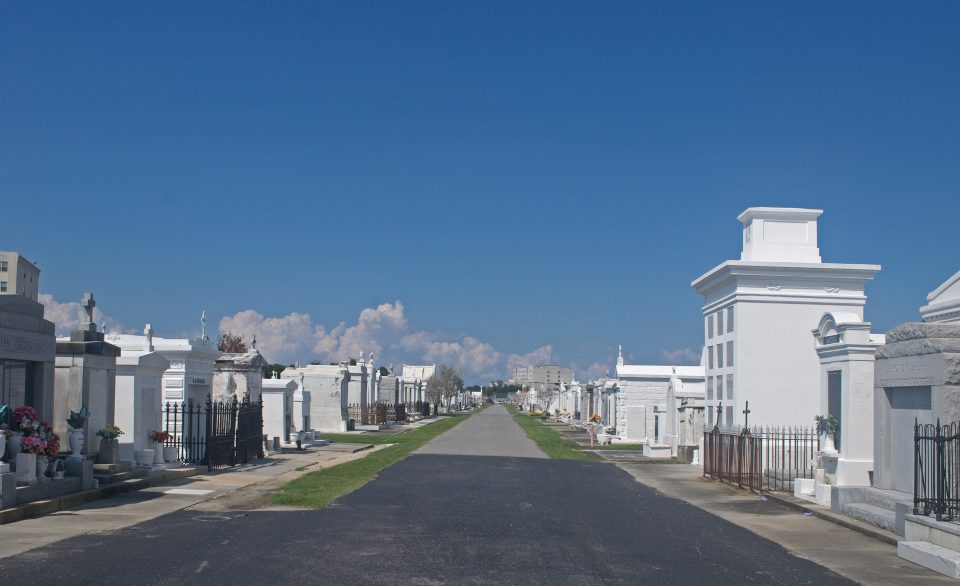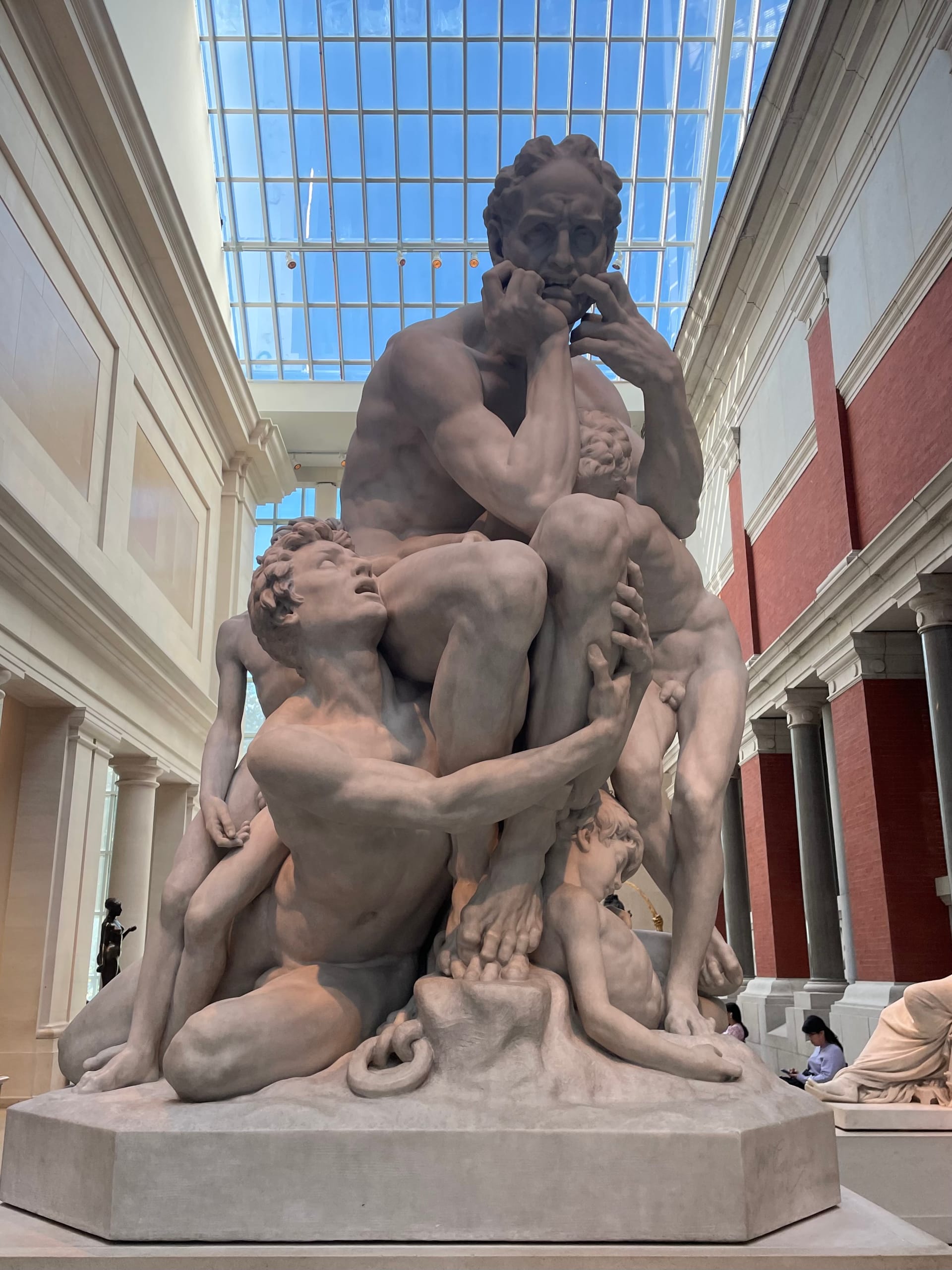Inspiration
The City of the Dead

“Soon after one picks up man’s trail in the earliest campfire or chipped-stone tool one finds evidence of interests and anxieties that have no animal counterpart; in particular, a ceremonious concern for the dead, manifested in their deliberate burial—with growing evidences of pious apprehension and dread… Mid the uneasy wanderings of paleolithic man, the dead were the first to have a permanent dwelling: a cavern, a mound marked by a cairn, a collective barrow. These were landmarks to which the living probably returned at intervals, to commune with or placate the ancestral spirits… The city of the dead antedates the city of the living.”
Lewis Mumford, The City in History (1961)





